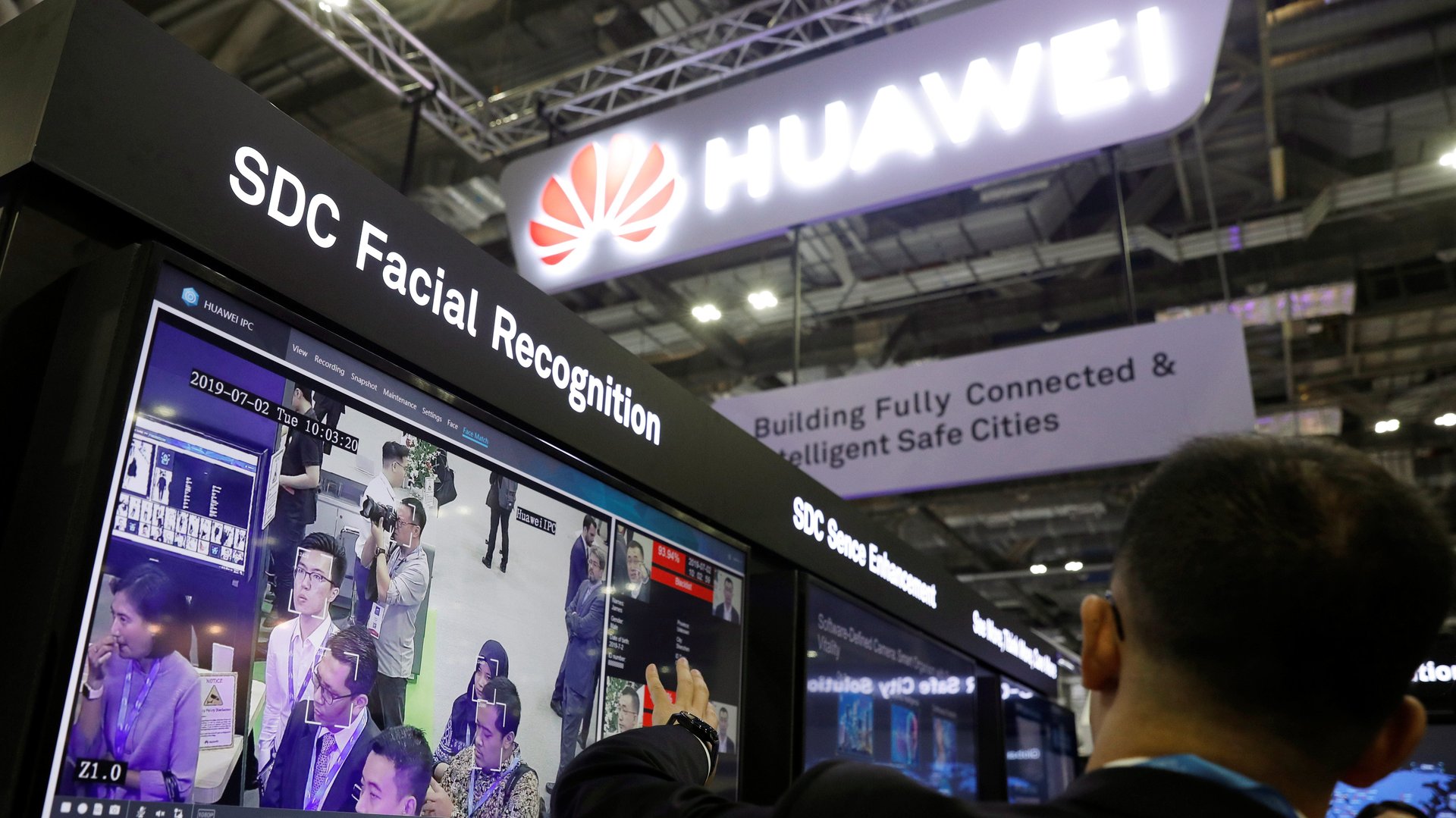Trump’s war on Huawei risks hobbling US innovation
For the last two months Huawei, China’s top global tech company, has been facing down what some call a “death sentence” imposed by the Trump administration, which in mid-May banned US firms from selling it the American technology it needs to make its core products.


For the last two months Huawei, China’s top global tech company, has been facing down what some call a “death sentence” imposed by the Trump administration, which in mid-May banned US firms from selling it the American technology it needs to make its core products.
But recent events suggest things might not be as dire for Huawei—or the US tech firms that count it as a key customer—as it seemed a few weeks ago, argues Dan Wang, analyst at Gavekal Dragonomics, a Beijing-based research firm.
“Huawei is too big and too enmeshed in the global technology industry for US companies to easily write it off as a customer,” says Wang in a note July 18. “And the Trump administration has shown it does not have the political resolve to aggressively enforce its export controls.”
But that doesn’t mean there won’t be casualties of Trump’s blacklist episode. And ironically, it’s American companies that stand to suffer in the long term.
The Huawei drama is byzantine and to make sense of it, it helps to start with a little backstory. The world’s top mobile network equipment manufacturer and its second-biggest seller of smartphones, Huawei was founded in Shenzhen in 1987. National security officials and some members of congress have long suspected Huawei of complicity in industrial theft and helping the Chinese military spy, perhaps best exemplified in a 2012 Senate report (pdf), though more recently embodied by Marco Rubio, the Republican senator. But their approach was to play defense: blocking Huawei from bidding for US network projects and selling its phones.
Until two months ago, that is, when Trump suddenly went on the offensive.
In mid-May, the commerce department named Huawei to the “entity list,” effectively banning US firms from selling American technology to the company without official permission. In so doing, the Trump administration seemed to implicitly broaden the notion of what constitutes “national security.” It wasn’t Huawei’s equipment that threatened the US; it was its technological success. And the blow looked very likely lethal. Without US-designed semiconductors, software, and the like, Huawei would struggle to make telecom network equipment, smartphones and other products essential to its survival.
Then, in late June, the plot twisted again.
After the G-20 summit in Osaka, Trump unexpectedly reversed himself, announcing that US companies could sell to Huawei. A couple weeks later, the commerce department clarified that though Huawei will remain on the “entity list,” it would grant export licenses for products that didn’t threaten US national security.
The way Huawei’s suppliers interpreted Trump export ban—and, even more importantly, his Osaka about-face—is key to understanding why the Chinese tech firm might just pull through after all.
After the export ban was first announced, most of Huawei’s key suppliers—including Intel, Qualcomm, Micron, Lumentum, and Alphabet—responded by saying that they were halting sales to Huawei. That included even foreign companies like ARM, the British chip designer, despite that many of the products in question might technically not have been covered. (The law holds that products made with 25% or more of the product’s value comes from a designated list of “controlled” US-created technologies.) According to Gavekal’s Wang, this extreme reaction was due to fears that the Trump administration might take action against companies that kept selling to Huawei, or publicly shame them for endangering Americans.
The president’s G-20 announcement suggested he saw Huawei as a bargaining chip in his trade deal negotiations with China—and not, as certain hawks in his administration do, a genuine national security threat.
In that sense, Trump’s reversal was a “public signal that the US does not actually put a high political priority on strictly enforcing its export controls,” argues Wang, adding that this revelation should help assuage Huawei’s suppliers that they’re on “safe political grounds to resume sales.”
Huawei will still feel the hurt, he says. But if the administration indeed follows through on what seems to be a narrower view of “national security” than the May announcement implied, and lets suppliers keep selling to Huawei, the company has a much better chance at surviving.
But even if it clears all sales to Huawei, that won’t necessarily put things back the way they were.
“By [issuing the export ban] to gain leverage in trade talks, and then walking it back,” says Wang, “Trump has made the US appear a less reliable supplier of technology to the world.”
That encourages companies overseas to lessen their reliance on American technology, either by finding suppliers from other countries or by developing domestic alternatives.
Of course, few countries have the human and financial resources—and political will—to develop cutting-edge technological capabilities needed to wean themselves from American companies. But China is one of the exceptions. That could eventually pose a threat to America’s role as a technological leader, says Andrew Polk, economist at Trivium, a Beijing-based consulting firm. For a number of high-tech US companies, China is a crucial source of revenue that funds the research that generates new and improved technologies.
“My view is that we’re going to look back at putting Huawei on the entity list as the thing that accelerated China’s tech rise,” says Polk. “It is going to ultimately prove the moment we lit a fire under China. And it’s not going to kill Huawei. It’s going to do the opposite.”